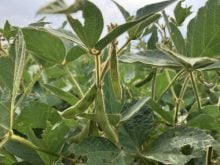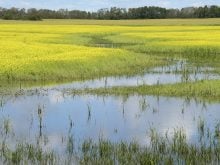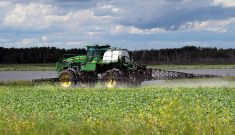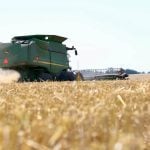A boom in prairie pulse crop production has increased the risk of soil erosion.
This puts more emphasis on stubble and residue management, says Brian McConkey, a soil and water conservationist at the Agriculture Canada Semiarid Prairie Agricultural Research Centre in Swift Current, Sask.
“These crops produce less residue and the residue is not as resistant to loss during tilling,” he said, comparing pulse and oilseed crops to cereals.
“This spring we’ve already seen a lot of wind erosion. We need to increase our diligence on this.”
Read Also
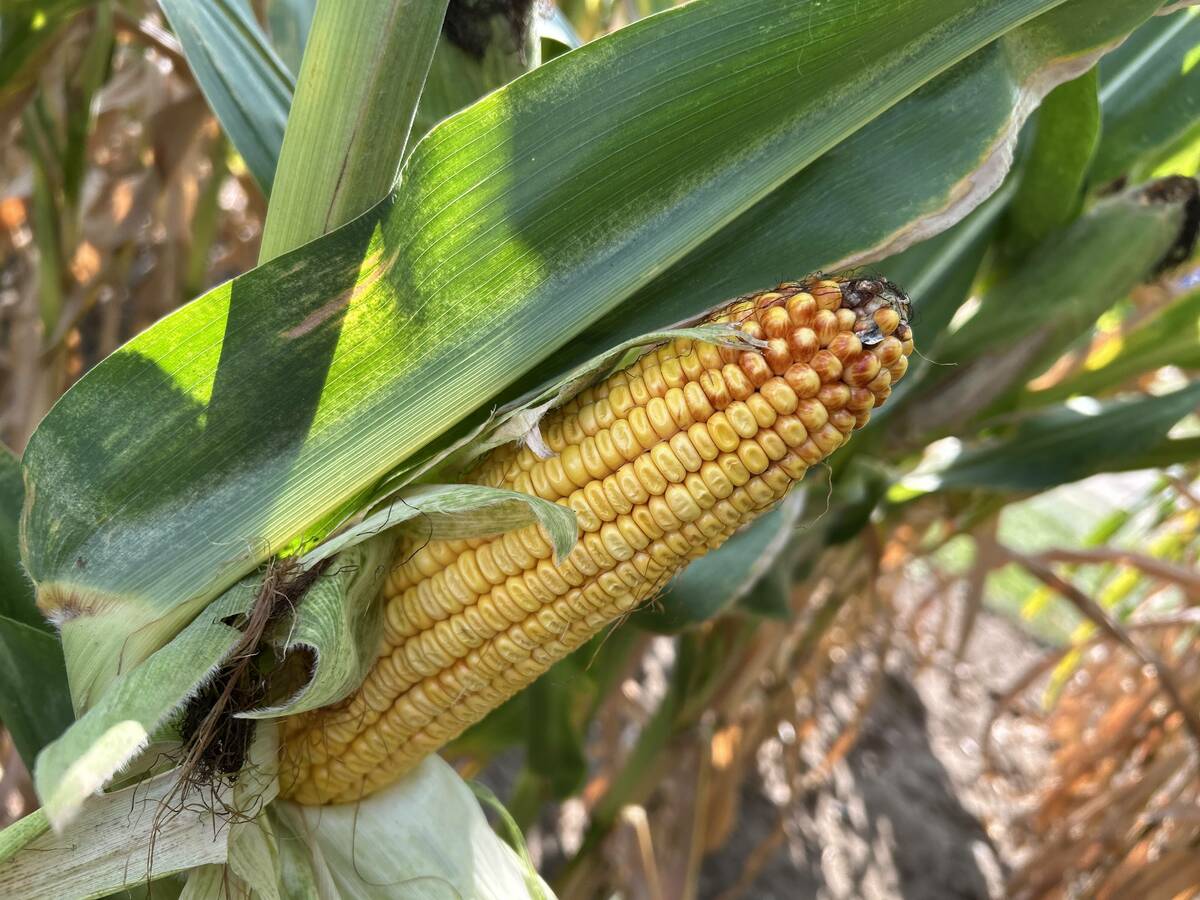
Crop estimates show mixed results
Model-based estimates used by Statistics Canada showed the 2025/26 crop year has seen increases in canola, corn for grain, oats and lentils production while seeing dips in spring wheat, durum wheat, soybeans and barley in comparison to 2024/25.
The problem is common in the brown and dark brown soil zones, where yields are lighter and the winds often strong.
The soils are drier and there are fewer natural windbreaks.
McConkey said peas and lentils produce some residue, but chickpeas produce little.
He recommended eliminating or minimizing tillage, and adopting low disturbance direct seeding.
“You want to have at least one-third of your soil covered and that can be tricky with pulses, even under minimum till,” he said.
Tilled pulse and canola residue disintegrates easier than cereal residue.
McConkey said working a cereal into the rotation will help, as will seeding pulses and oilseeds into cereal stubble.
Standing residue is more effective than flat residue, and pulses have almost none.
Tilling canola and mustard stalks can result in erosion because their residues break down more easily than cereals.
McConkey also advises farmers to slow down when seeding.
Trials using various implements at a range of speeds over residue found slower is better.
Slowing from six miles per hour to five while seeding with sweeps increased residue conservation by 15 percent, he said.
“Even with existing tillage systems, slowing down can be effective.”
He advises against baling pulse straw. He said producers can get caught in a tricky situation if they bale the straw and then find themselves in a dry, windy spring like this one.
The Swift Current station’s website offers a spreadsheet to calculate residue amounts, as well as residue level estimates for several crop sequences, yield levels and tillage types.
McConkey said it’s worth running some calculations to identify wind erosion risk and appropriate options.
He said researchers learned a lot about erosion during the dry 1980s. The climate was more moist in the 1990s and more land moved into conservation management with reduced or no tillage.
But the last two springs have been particularly dry.
As well as causing soil loss, wind can also sandblast seedlings, he said, leaving them less able to survive.
Stubble and residue protect seedlings and conserve moisture.
“You want to hang onto everything you’ve got,” McConkey said.
The SPARC website calculations and information can be found by clicking on “what’s new” at http://res2.agr.ca/swiftcurrent/.




